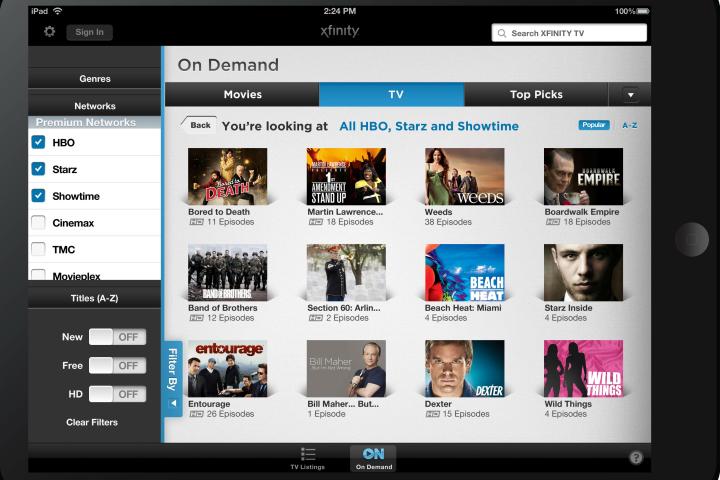
More than one in every five (21 percent) pay-TV subscribers use TV Everywhere services (provided by their operator) on a monthly basis, according to a recent study by the NPD Group. Contrary to popular belief, consumers that pay for over-the-top video-on-demand subscriptions (OTT, SVOD) aren’t necessarily cord cutters. In fact, NPD’s report finds that consumers who subscribe to SVOD are actually among the most active TV Everywhere users: three out of four SVOD homes also have a pay-TV subscription, and 25 percent of them use their provider’s TV Everywhere service at least once per month.
This unique breed of dual SVOD/pay-TV subscriber isn’t just more likely to have tried TV Everywhere, these viewers are also using it more frequently. 30 percent of SVOD subscribers use TV Everywhere services each week, compared with 20 percent of non-SVOD subscribers.
As for the motives behind these double subscriptions, research indicates that 90 percent of SVOD subscribers are satisfied with their TV Everywhere experience, and for two big reasons. The majority of dual subscribers say they most value the ability to watch anywhere in the home, and 46 percent want the ability to actually download the shows in order to watch outside the home.
Recent moves in the TV Everywhere realm include Comcast’s launch of a cloud-based DVR feature for its X1 service subscribers in Boston (moving one step closer to its TV Everywhere pledge), and Microsoft’s expansion of its Xbox video services with TV Everywhere apps for Starz and Major League Gaming.
NPD’s data was derived from an online survey of 4,205 pay-TV subscribers fielded last December. The sample was randomly selected to represent the U.S. population age 13+.


